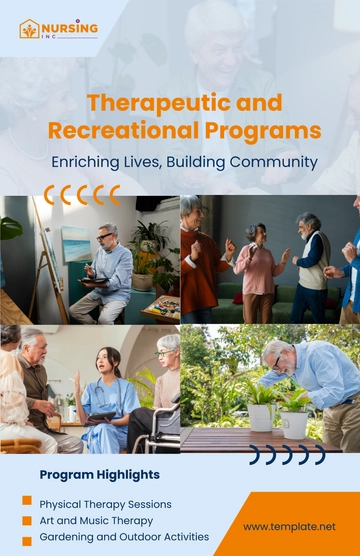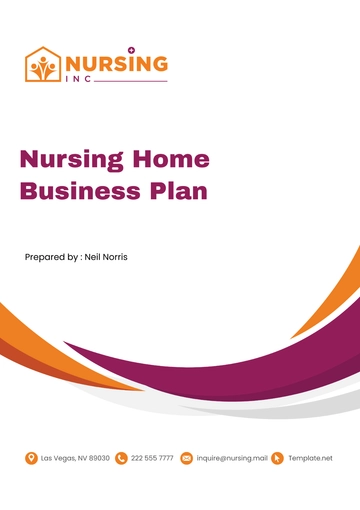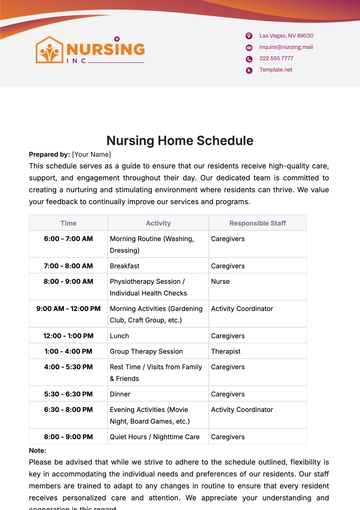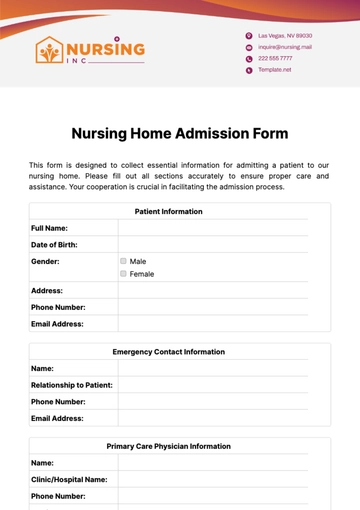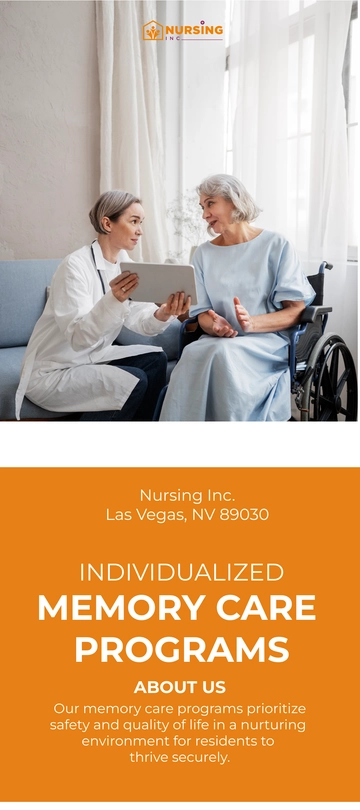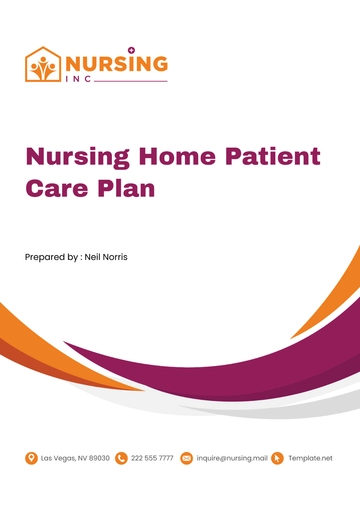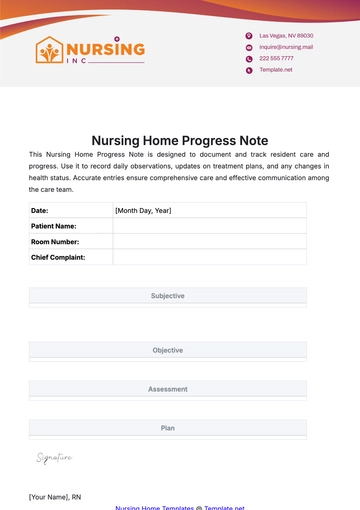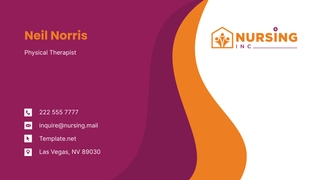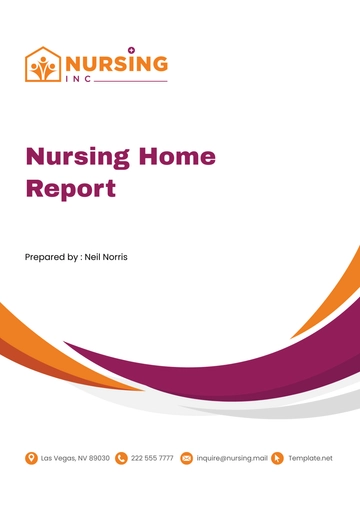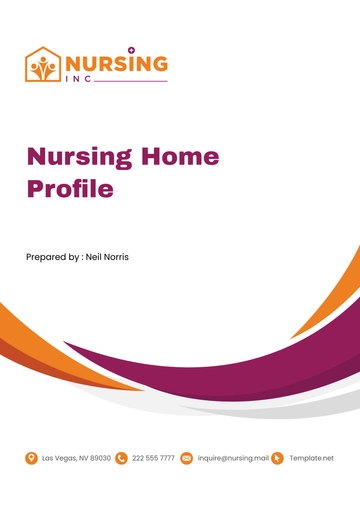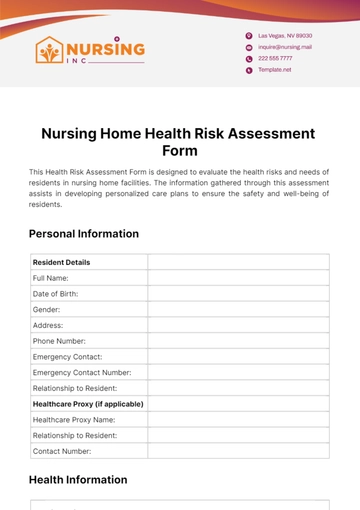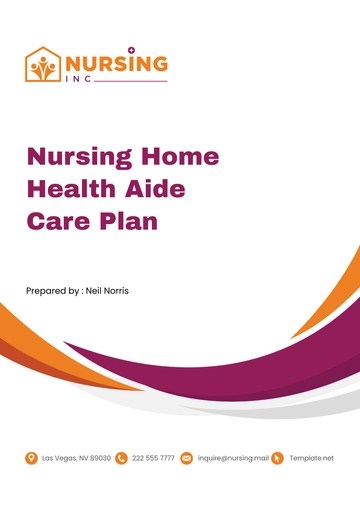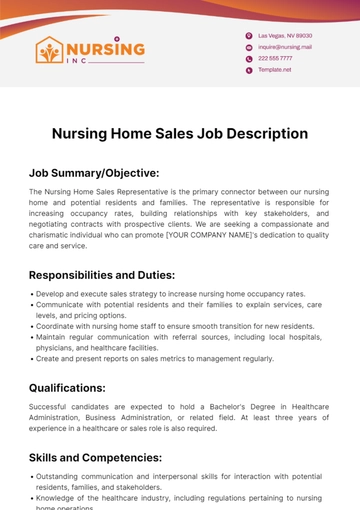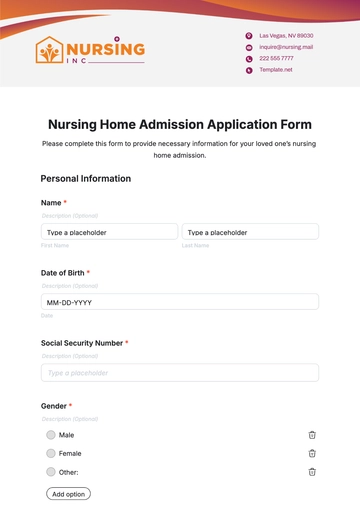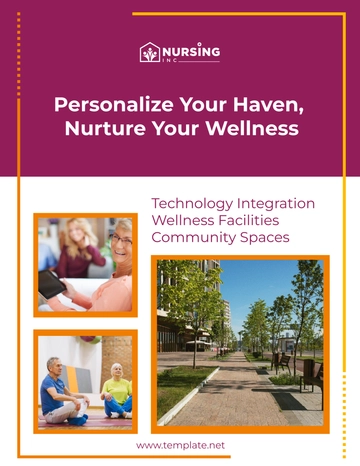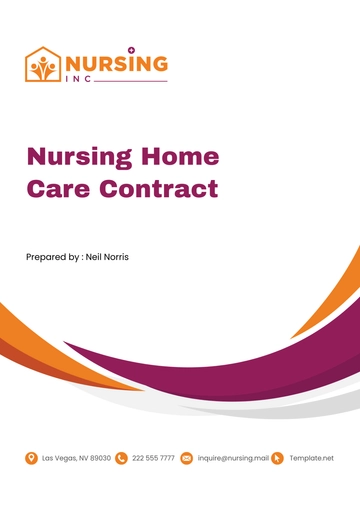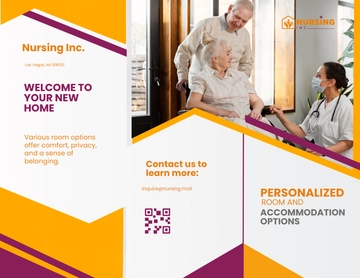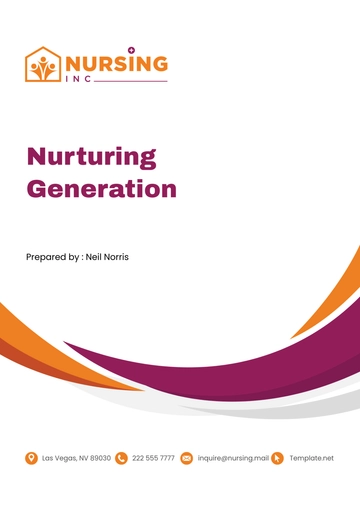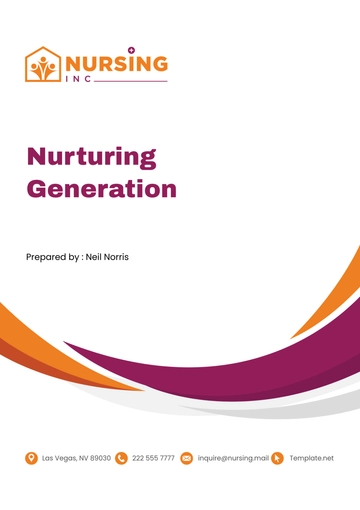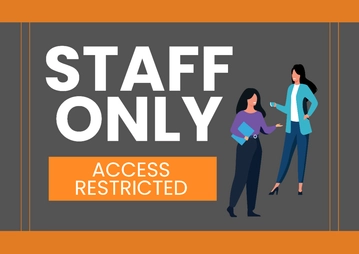Free Nursing Home Technology Strategy
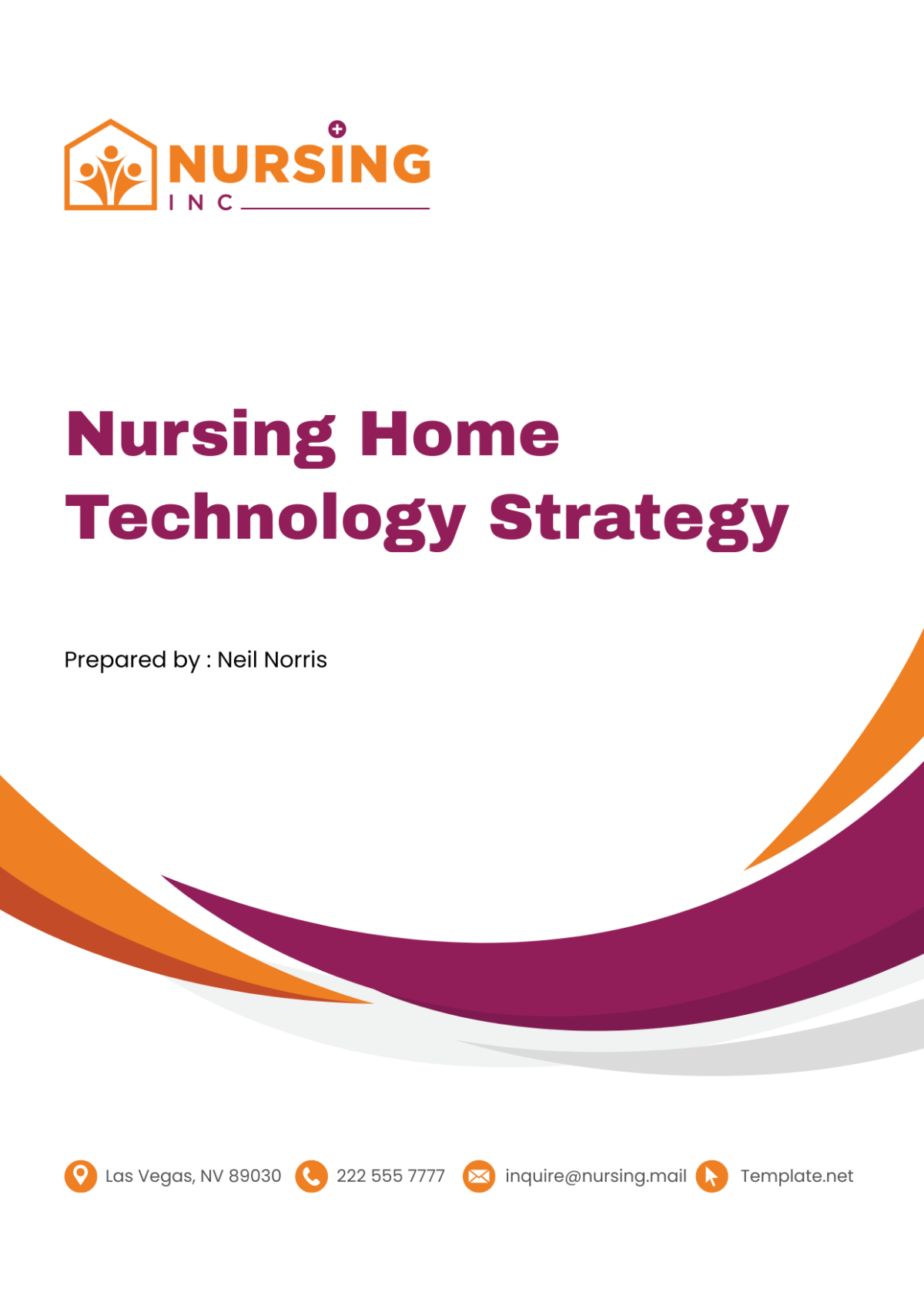
Executive Summary
This Technology Strategy Plan outlines [Your Company Name]'s overview for leveraging technology to enhance the quality of care provided to our residents while ensuring operational efficiency and data security. Our goal is to implement cutting-edge technologies that support our mission to offer compassionate, high-quality nursing care, improve resident satisfaction, and streamline operations.
Company Overview
[Your Company Name] has been at the forefront of providing elder care services since its inception. With the evolving needs of our residents and the advent of new technologies, there is a pressing need to adopt a strategic approach to technology integration within our facilities.
Objectives
Elevate the Quality of Care Through Advanced Technology: This encompasses the integration of telehealth services, personalized health monitoring systems, and interactive engagement tools.
Fortify Data Security and Uphold Privacy Standards: Establish and maintain an impenetrable fortress of security around all resident data, ensuring the utmost privacy and protection against any form of cyber threats.
Boost Operational Efficiency and Achieve Cost Reduction: This strategic focus on efficiency will cover areas such as administrative duties, facility management, and the deployment of healthcare resources.
Technology Vision and Strategy
Our vision at [Your Company Name] is to redefine the standards of elder care by pioneering the integration of state-of-the-art technologies. This vision aims not only to enhance the quality of resident care but also to significantly elevate operational efficiencies and fortify our security framework.
Strategic Goals
Implement a Resident-Centric Technology System
Objective: This system will prioritize personalized care plans, facilitate seamless communication between residents, their families, and care providers, and enhance the overall resident experience.
Action Plan: Conduct thorough needs assessments to identify specific resident requirements, preferences, and interests. Based on these insights, select and customize technology solutions that include health monitoring, digital entertainment, and social engagement platforms.
Achieve Operational Excellence Through Automation
Objective: Streamline all operational processes through the adoption of automation technologies. Focus areas include administrative tasks, record-keeping, medication management, and maintenance workflows.
Action Plan: Evaluate current operational processes to identify automation opportunities. Deploy intelligent systems such as Electronic Health Records (EHR), automated inventory management, and AI-driven predictive maintenance tools.
Ensure the Highest Standards of Data Security and Compliance
Objective: This involves not only protecting resident and operational data from cyber threats but also ensuring all technology implementations are in strict adherence to legal and ethical standards.
Action Plan: Develop a comprehensive compliance framework that encompasses all aspects of technology deployment and use, ensuring alignment with healthcare regulations, privacy laws, and ethical guidelines.
By adhering to these strategic goals, [Your Company Name] will meet the current needs of its residents and adapt to future challenges and opportunities in the healthcare industry.
Current Technology Assessment
Our assessment of the current technology with our community reveals a foundational digital infrastructure that supports basic operational, care, and security processes. However, in comparison to emerging industry standards and the evolving expectations of our residents and their families, several areas require significant enhancement and modernization.
Technology Gaps
Record-Keeping Systems: Our existing systems predominantly rely on manual entries and paper-based documentation for resident records, medication logs, and care plans. The lack of an integrated digital record-keeping platform results in operational inefficiencies, data inaccuracy, and delays in response times to resident needs.
Telehealth Capabilities: Limited by rudimentary telehealth services, our ability to offer residents timely access to specialists and remote consultations is constrained. The insufficient scope of telehealth services restricts our flexibility and responsiveness in care delivery, impacting resident satisfaction and health outcomes.
Security and Data Protection: Security measures and data protection protocols are based on outdated technologies and practices, exposing resident information and facility operations to increased risk of cyber threats and data breaches. The current security framework lacks the sophistication to defend against modern cyber threats.
Summary of Technology Gaps and Impacts:
Area | Gap Identified | Impact |
|---|---|---|
Record Keeping | Manual processes | Inefficiency and higher error rates |
Telehealth | Limited capabilities | Reduced access to specialist care |
Security | Outdated systems | Increased vulnerability to threats |
This thorough evaluation underscores the critical need for strategic technology upgrades across several key areas of our operations. Our focus will be on adopting and integrating advanced technology solutions that align with our mission to offer unparalleled care and support to our residents.
Technology Implementation Plan
Our Technology Implementation Plan is designed to strategically address the identified gaps in our current technology infrastructure, aligning with our overarching objectives to enhance care quality, ensure data security, and improve operational efficiency.
Prioritized Technology Initiatives
Integrated Digital Record-Keeping System: Implement a comprehensive Electronic Health Record (EHR) system that digitizes all resident records, care plans, and medication logs, facilitating real-time access, updating, and sharing of information among authorized personnel.
Evaluate and select an EHR system that meets our specific needs for customization, scalability, and security.
Conduct a phased rollout of the EHR system, beginning with a pilot program in select departments.
Provide comprehensive training for staff on the new system to ensure a smooth transition and maximize utilization.
Expansion of Telehealth Services: Broaden our telehealth capabilities to include a wider range of specialist consultations and remote monitoring services, thereby extending the scope and quality of care available to residents.
Partner with telehealth service providers to expand our network of available specialists.
Invest in necessary hardware and software upgrades to support a robust telehealth platform.
Train staff and educate residents on the benefits and use of telehealth services.
Upgrade of Security and Data Protection Measures: Strengthen our cybersecurity framework and data protection protocols to safeguard against modern threats and ensure compliance with data privacy regulations.
Conduct a comprehensive security audit to identify current vulnerabilities and areas for improvement.
Implement advanced security measures, including encryption, multi-factor authentication, and regular penetration testing.
Develop and enforce strict data governance policies, coupled with ongoing staff training on data security best practices.
Implementation Timeline:
Technology Initiative | Timeline |
|---|---|
Digital Record Keeping System | [Month Day, Year] - [Month Day, Year] |
Advanced Telehealth Solutions | [Month Day, Year] - [Month Day, Year] |
Enhanced Security Systems | [Month Day, Year] - [Month Day, Year] |
Budget Overview
The following tables provide a detailed overview of the projected costs associated with each of the prioritized technology initiatives outlined in our Technology Implementation Plan.
Integrated Digital Record-Keeping System
Item | Initial Investment | Annual Maintenance | Training Costs | Total Cost |
|---|---|---|---|---|
EHR System Acquisition | $150,000 | $20,000 | $5,000 | $175,000 |
Hardware Upgrades | ||||
Software Customization | ||||
Total |
Expansion of Telehealth Services
Item | Initial Investment | Annual Maintenance | Training Costs | Total Cost |
|---|---|---|---|---|
Telehealth Platform Fees | $40,000 | $15,000 | $3,000 | $58,000 |
Equipment Purchase | ||||
Staff Training Programs | ||||
Total |
Upgrade of Security Measures
Item | Initial Investment | Annual Maintenance | Training Costs | Total Cost |
|---|---|---|---|---|
Security Software Licenses | $20,000 | $10,000 | $5,000 | $30,000 |
Hardware for Enhanced Security | ||||
Cybersecurity Training | ||||
Total |
This budget allocation is designed to ensure that our technology initiatives are both sustainable and effective, positioning us to achieve our objectives of enhanced care quality, improved operational efficiency, and robust data security.
Data Management and Security
Our Data Management and Security Framework is designed to ensure the highest standards of data integrity, confidentiality, and availability, aligning with our dedication to trust, transparency, and regulatory compliance.
Comprehensive Data Governance
To establish a robust governance structure that ensures data accuracy, privacy, and ethical use across all technology systems and processes within our facilities.
Strategies:
Data Stewardship: Appoint data stewards who will oversee the proper handling, classification, and storage of sensitive information, ensuring data quality and consistency.
Privacy by Design: Integrate privacy considerations into the development and implementation of all new technologies and processes, ensuring that resident data is protected by default.
Compliance Monitoring: Regularly review and update our data management practices to ensure full compliance with healthcare regulations and data protection laws, such as HIPAA (Health Insurance Portability and Accountability Act).
Advanced Security Strategy
To implement a state-of-the-art security infrastructure that proactively protects against cyber threats, unauthorized access, and data breaches, thus safeguarding our residents' information and our operational data.
Strategies:
Cutting-edge Cybersecurity Measures: Deploy advanced cybersecurity technologies, including next-generation firewalls, intrusion detection systems, and AI-driven threat analysis tools, to identify and neutralize threats before they impact our systems.
Comprehensive Risk Management: Conduct regular risk assessments to identify vulnerabilities within our IT infrastructure and develop strategic plans to mitigate these risks, ensuring continuous improvement of our security posture.
Staff Training and Awareness: Implement an ongoing cybersecurity awareness program for all staff members, emphasizing the importance of data security practices and training them to recognize and respond to potential threats.
Incident Response and Recovery
To establish a rapid and efficient incident response and recovery protocol that minimizes the impact of any data security incidents and restores normal operations as quickly as possible.
Strategies:
Incident Response Team: Assemble a dedicated team of IT and security professionals who are trained to respond to and manage security incidents with speed and efficiency.
Regular Simulation Exercises: Conduct regular drills and simulation exercises to ensure that the incident response team is prepared to act swiftly and effectively in the event of a security breach.
Data Backup and Recovery Plans: Implement robust data backup and recovery solutions to ensure that critical data can be quickly restored in the event of data loss or corruption.
By implementing comprehensive data governance, adopting advanced security strategies, and ensuring preparedness for incident response and recovery, we not only safeguard our data assets but also reinforce our reputation as a trustworthy and secure provider of elder care services.
Performance Measurement
This framework is designed to provide a comprehensive, real-time overview of performance across all dimensions of our service delivery and technology infrastructure, enabling continuous improvement and strategic decision-making.
Key Performance Indicators (KPIs)
Our framework identifies several critical KPIs, each carefully chosen to reflect the most significant aspects of our technology strategy's impact on care quality, operational efficiency, and security.
Resident Care Quality Indicators
Resident Satisfaction Scores: Utilize regular, anonymized surveys to gauge resident contentment with the care received, focusing on areas improved by technology.
Health Outcomes Improvement: Track health outcomes against individual care plans, noting advancements attributable to technology use in monitoring and treatment.
Engagement and Social Interaction: Measure the frequency and quality of resident engagements, facilitated by digital platforms, to assess improvements in social well-being.
Operational Efficiency Indicators
Process Automation Savings: Quantify the time and cost savings derived from automating previously manual processes, translating these savings into direct care investment.
Error Rate Reduction: Monitor reductions in administrative and medication errors following the implementation of digital record-keeping systems and automated dispensing technology.
Staff Productivity and Satisfaction: Evaluate staff productivity metrics and satisfaction levels to assess the impact of technology on workload management and job satisfaction.
Security and Compliance Indicators
Incident Response Time: Track the time taken from the detection of a security incident to its resolution, aiming for continuous improvement.
Compliance Audit Results: Use the outcomes of regular compliance audits to identify areas of strength and opportunities for improvement in adhering to data protection regulations.
Data Breach Impact: In the event of a data breach, assess the effectiveness of response strategies and the impact on resident and stakeholder trust.
Continuous Improvement Process
The Performance Measurement Framework is integral to our continuous improvement process, enabling us to systematically review, refine, and enhance our technology strategy and operations.
Regular Review Cycles: Establish scheduled reviews of KPI data to identify trends, celebrate successes, and pinpoint areas requiring intervention.
Stakeholder Feedback Integration: Incorporate feedback from residents, their families, and staff to ensure our performance measurement aligns with the expectations and needs of those we serve.
Technology Adaptation and Scaling: Use performance data to make informed decisions about adapting current technology use, discontinuing what doesn't work, and scaling successful initiatives.
By continuously monitoring our performance against these carefully selected KPIs, we commit to a cycle of ongoing improvement that keeps our residents' well-being and operational excellence at the heart of everything we do.
Conclusion
The Technology Strategy Plan for [Your Company Name] sets a clear direction for integrating technology into our operations and care delivery. By following this plan, we aim to enhance the quality of care for our residents, ensure their safety and privacy, and improve our operational efficiency.
- 100% Customizable, free editor
- Access 1 Million+ Templates, photo’s & graphics
- Download or share as a template
- Click and replace photos, graphics, text, backgrounds
- Resize, crop, AI write & more
- Access advanced editor
Navigate the future of care with the Nursing Home Technology Strategy Template from Template.net. This editable and customizable template guides you in developing a comprehensive technology strategy that enhances care delivery and operational efficiency. Perfect for integration with our Ai Editor Tool, it enables you to tailor your technological approach to meet both current and future needs.
